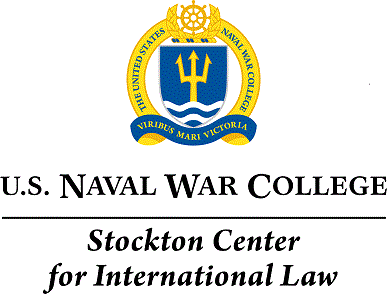
Abstract
International Humanitarian Law (IHL) evolved to strike a rational balance between the necessity of using combat power to defeat enemy opponents, and the humanitarian interest of mitigating the human suffering resulting from armed conflict. Ironically, however, the “type” of conflict most comprehensively regulated by this law—international or inter-State (IACs)—is not the “type” of armed conflict that has been most notable for producing humanitarian suffering since the end of World War II. Instead, non-international armed conflicts (NIACs)—conflicts between States and organized non-State belligerent groups, or even between multiple non-State belligerent groups—have been notorious for their brutality, indifference towards humanitarian restraint, and infliction of human suffering. Unfortunately, international humanitarian law has struggled to effectively regulate these conflicts, in large measure because it is a body of law that treated these all too common conflicts as a secondary focus.
Perhaps the most significant response to this delta between the reality of NIACs and the lack of comprehensive legal regulation has been the “migration” or “extension” of IAC rules and principles to the realm of NIACs. This has been most notable in relation to the regulation of lethal combat power, resulting in rules that apply today across the spectrum of conflict. Still, the world continues to witness NIACs where this migration appears to produce negligible positive effect. The conflict in Ukraine provides the most recent, but by no means unique, example of the delta between the aspiration of more effective NIAC regulation and the reality of NIAC brutality. This article focuses on the challenge of how to improve the efficacy of IHL in the NIAC domain. First, it considers how strategic interests in NIACs are problematically weighted against humanitarian restraint. Second, proposes several approaches that may contribute to more effective NIAC regulation that build on existing law and regulation. Finally, it argues that more must be done to align the nature of IHL regulation with the reality of NIACs. Ultimately, with war an inevitable aspect of human relations, all too unpredictable in its permutations, but tragically all too predictable in its brutality, striving for such advances is as important today as it has ever been.
html
